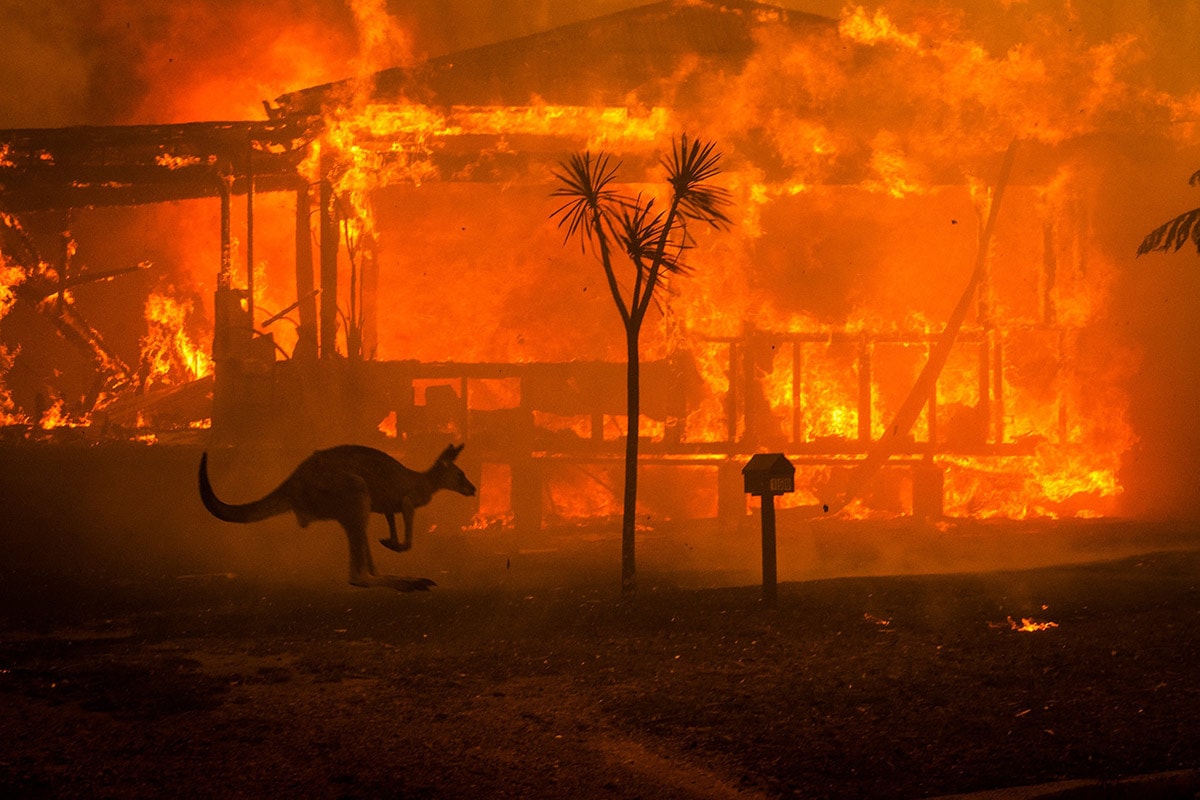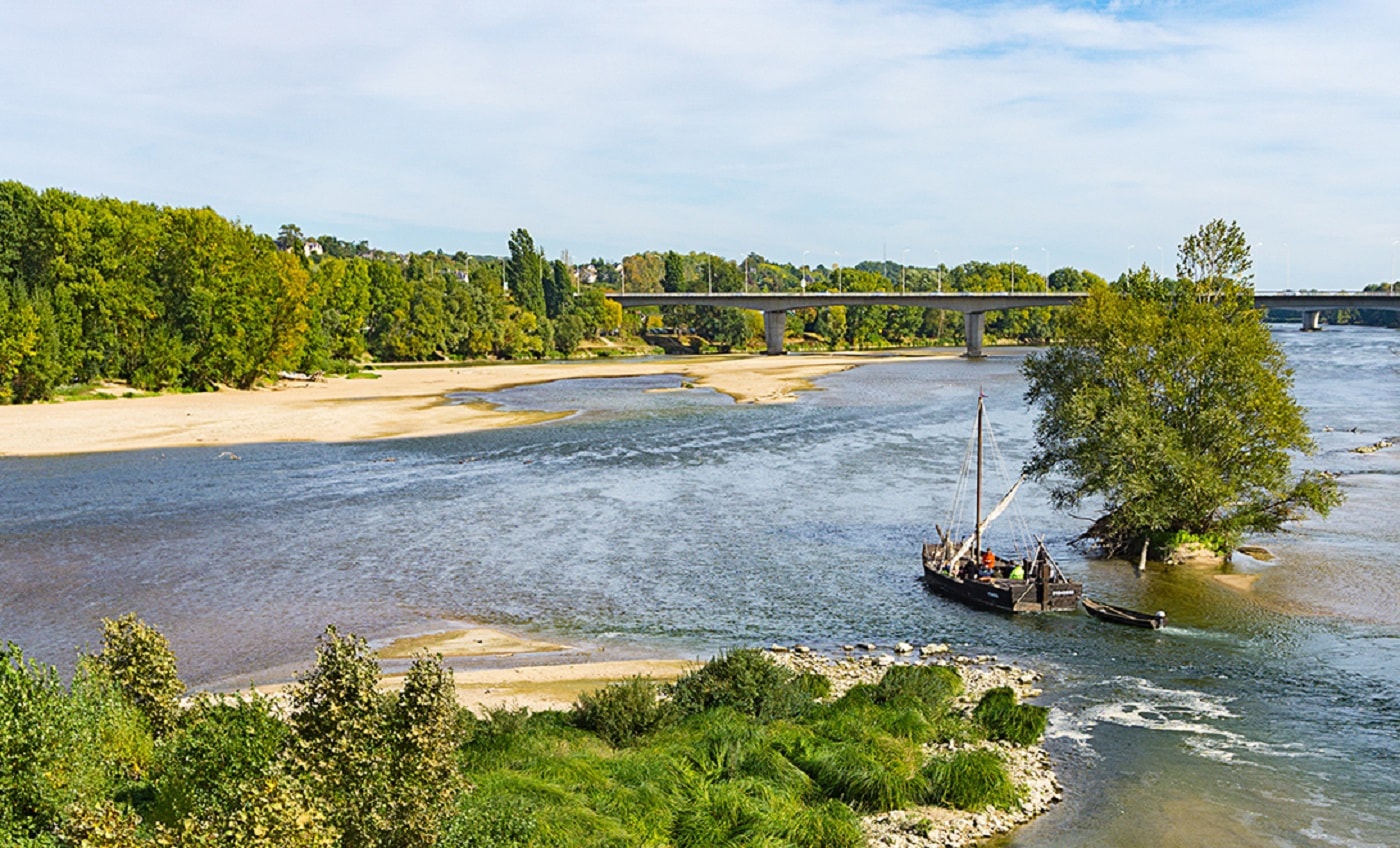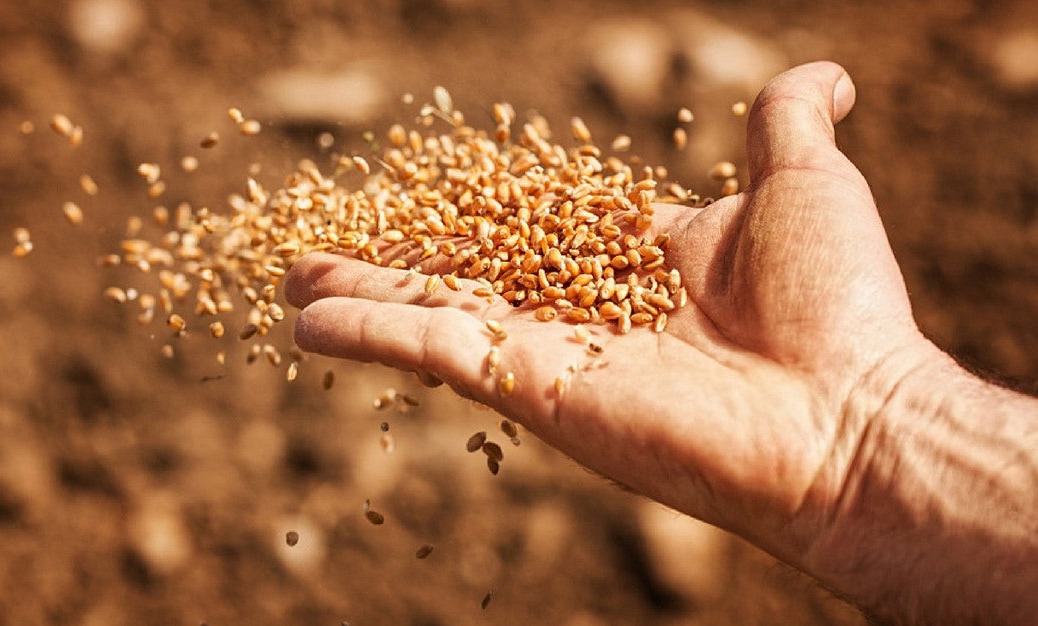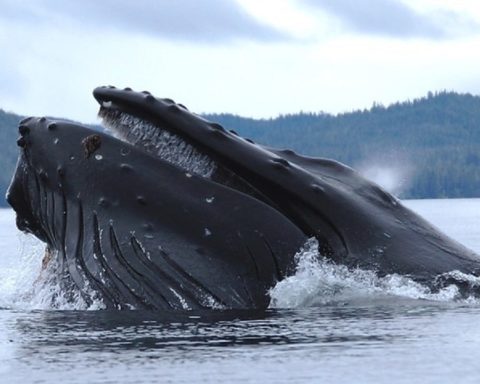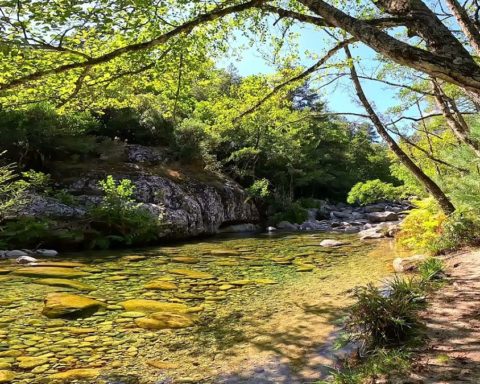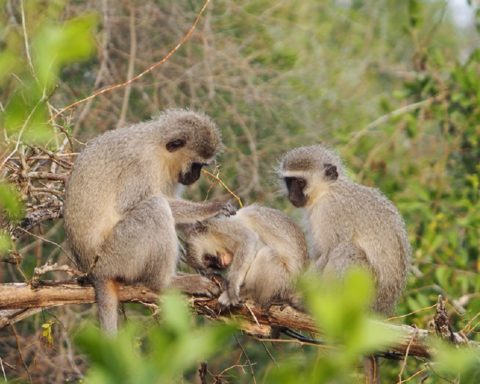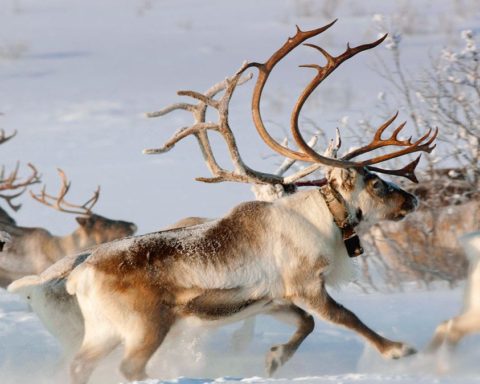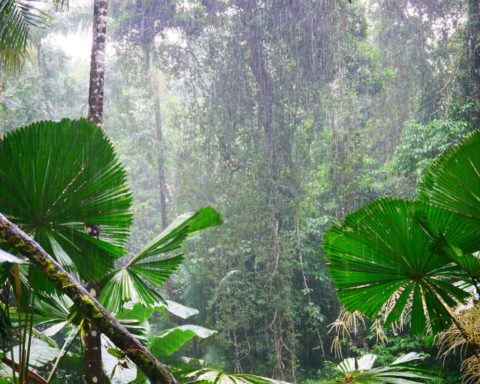One billion animals are believed to have been burned alive in the apocalyptic fires raging in Australia right now. This staggering figure is calculated by Professor Christopher Dickman of the University of Sidney, a leading Australian wildlife expert, author of 16 books and more than 450 scientific papers. He himself is unable to realize what he is measuring, especially since his calculations are constantly being revised upwards.
On January 3, Professor Dickman published a statement alarmist. He estimates that at least 480 million animals have been lost in the flames of the fires raging in south-east Australia. An area the size of two Belgians would have gone up in smoke. Forests, primary forests, grasslands, treasures of biodiversity dating back thousands of years are burning before the world's distraught eyes. In this destroyed ecosystem, life was bubbling. In the air, in the trees, in the thickets. Millions of animals, mammals, reptiles, birds found themselves trapped in the flames.
Today, questioned by France-Inter, Professor Dickman is forced to admit he was wrong. It's not 480 million animals that would have perished, but more than a billion. Not counting batrachians, bats or insects.
To calculate this grim tally, the professor and his team started from a large study on land clearing conducted in 2007 with the assistance of the Australian WWF. This study established the density of animal populations that would be affected by the clearing operations envisaged by the Australian government. A reliable database that now makes it possible to estimate fairly accurately the damage caused by the giant Australian fire, The Monster.
In her calculations, the academic points out that many animals, if they have not perished, are seriously "affected" by the fires. This means that even if they manage to survive the onslaught of the flames, their habitat, their ecosystem and their usual places to eat and live have disappeared. This is especially true for birds that can fly away from the flames but can no longer find a place to land and rebuild their communities. On Sunday 5 January, two million hectares were still burning in New South Wales. In all, 6 million of acres of forest would have burned in Australia. By way of comparison, last summer's fires in the Amazon ravaged 900,000 hectares.
A hecatomb for biodiversity
For Bruno David, President of the Museum of Natural History in Paris, questioned by the Express, these fires are causing a "hecatomb" that could contribute to the outright extinction of certain species. A population with a low population density is unable to recover, according to the scientist. This is the risk for koalas, 30 % of whose population, already reduced to 28,000 individuals, would already have been decimated by the fire. Of course, nature is always the strongest and its resilience should not be underestimated. But these extraordinary fires destroy not only animals but also millions of hectares, and it will take generations for ecosystems to recover.
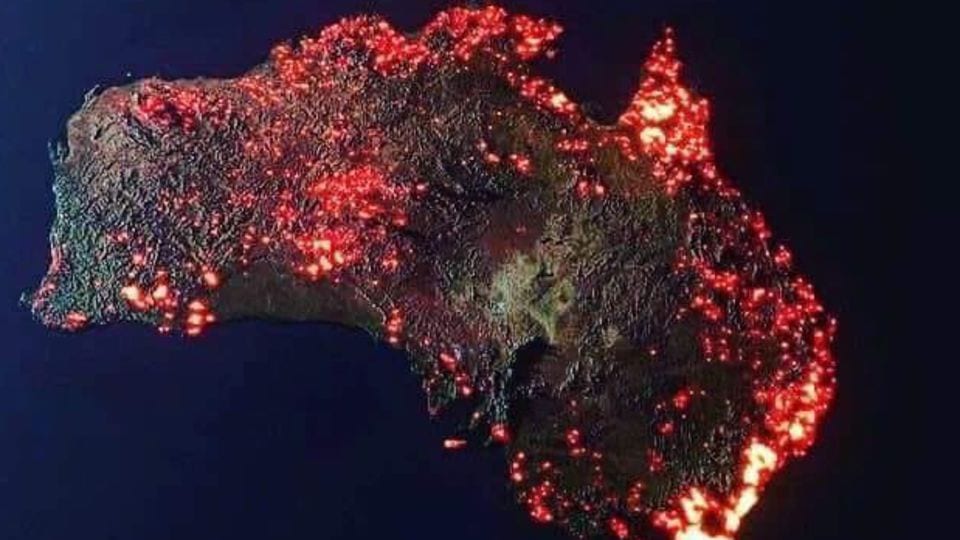
An ecological disaster taking place in one of the 17 countries." megadivers The "Conservation Monitoring Centre" (UNEP-WCMC). This agency of the United Nations Environment Programme has identified a group of countries that hold the majority of species and are therefore considered to be the richest in the world in terms of biological diversity.
Australia is a bible of biodiversity. The country is home to between 600,000 and 700,000 different species of plants and animals. Specialists have counted more than 378 species of mammals, 828 species of birds, 300 species of lizards, 140 species of snakes etc.. Australia holds the world record for endemic species, i.e. those that live only on its soil; the best known being the kangaroo, the dingo and of course the koala bear. In the botanical kingdom, nuggets of biodiversity live on this country-continent.
Much of the wealth of plant and animal species is concentrated in the area currently being burned in Australia. Many mammal and bird species face a major risk of extinction. The risk is even greater for small, less mobile invertebrates, which make up the bulk of animal biodiversity.
The rainforests of the Gondwana of New South Wales and Queensland are severely affected by the fires. These World Heritage forests contain a very wide range of plant and animal communities and lineages that have been there for very long periods of time, many of which have survived largely or solely in those forests. They contain the most extensive and important remnants of subtropical rainforest and cold temperate rainforest in Antarctica (Nothofagus moorei) of the world.
These Gondwana rainforests are thus the main habitat for many threatened species of plants and animals; they are home to a rich diversity of insects and a wide range of terrestrial snails, some of which are restricted to tiny patches of land. They are also home to vast areas of extremely rare vegetation, such as many types of heather, as well as plant communities unique to rocky outcrops, woodlands and wooded savannahs. These communities are home to a great diversity of plants and animals, and the habitat of rare, threatened and endemic species.
The Australian fires represent, in the eyes of researchers, an ecological disaster that "could be much worse than we think". This is what states Franck Courchamp, research director at the CNRS and ecologist. « Eventually, the disaster will be colossal... "he says.
To go further :

